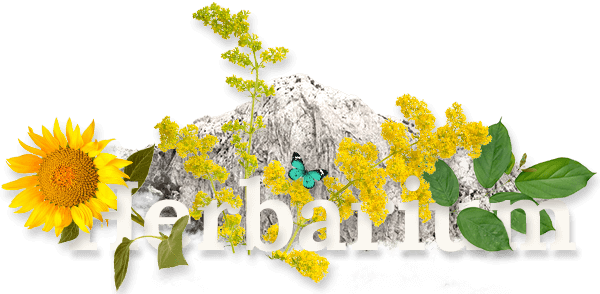Izradu internetske stranice sufinancirala je Europska unija u okviru operativnog programa Konkurentnost i kohezija iz Europskog fonda za regionalni razvoj.
saznajte više

BUTTERBUR
lat. Petasites officinalis, or by the recent botanical nomenclature Petasites hybridus
Other names: Common butterbur, sweet coltsfoot, blatterdock, bogshorns, butter-dock, butterly dock, capdockin, flapperdock, and langwort.
Scroll
Habitat:
Butterbur is native to mainland Europe, as far north as Scandinavia. It also grows in Western Asia and has been successfully introduced to Northern America. It typically will grow in shady places or beside waterways. It also grows well in wet meadows, copses, marshes, flood plains, washes, and damp roadsides.
Description:
Butterbur plant has huge leaves resembling the leaves of the rhubarb. The leaves, which grow big enough to protect a person’s head from the sun or the rain, caused the Greeks to name it the hatplant. The flowers grow before the leaves usually in February. The pink flower stalks push their way through the earth looking similar to the mushroom. When fully extended, the flower spikes are purple at the base, with pale reddish-lilac flowers.
Plant Parts Used:
The leaves, flowers, stems and roots.
Pharmaceutical use:
The root and the leaves operate in all the following capacities: analgesic, anti-spasmodic, anti-inflammatory, cardiotonic, diaphoretic and diuretic. Historically, the dried powdered root was mixed with wine and used as a medicine against the plague and other related diseases. In its powdered form, it was also used to eliminate intestinal worms, as a diuretic and to stimulate menstruation. Externally, the powder was dusted on ulcerating sores. More recently, because butterbur has tonic and expectorant, anti-inflammatory and antispasmodic properties,
it has been used in the treatment of a number of chest and bronchial related illnesses. It is used for the herbal treatment of coughs, such as general coughs, laryngitis, pharyngitis, bronchitis, asthma, hay fever and whooping-cough. A 1998 Polish clinical study was conducted specifically to determine its influence on lung ventilation and bronchial reactivity in asthma and chronic obstructive bronchitis patients. The study showed the herb could be helpful in improving lung ventilation in asthmatic or chronic obstructive bronchitis. Its anti spasmodic properties are also effective in the treatment of gastrointestinal conditions because butterbur helps to strengthen digestion. It has also been used as a remedy for inflammation of the urinary tract and including the treatment of kidney gravel. Its analgesic properties make it a strong choice for the relief and prevention of headache pain. In recent studies that have been conducted a strong case has been built on its anti-inflammatory and vasodilatory actions.
Cautions:
Please be aware that herbs, although natural can interact with certain medications, and that they may be ill advised to use under certain health conditions. Please consult a qualified health practitioner for cautions pertinent to you.
No therapeutic claim is made or intended for AZENA products. Information is for educational purposes only.




